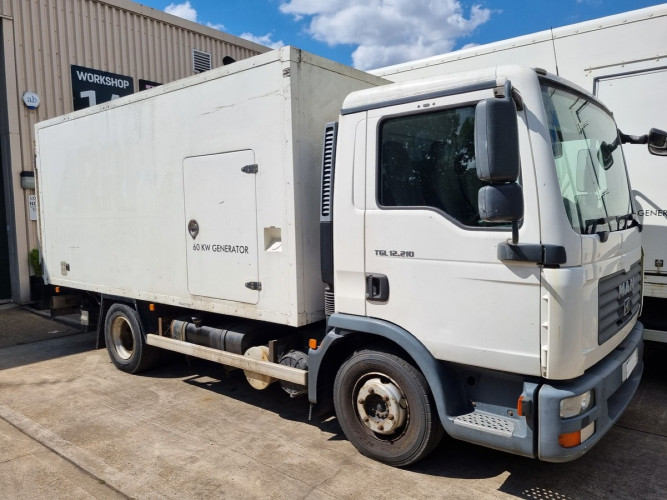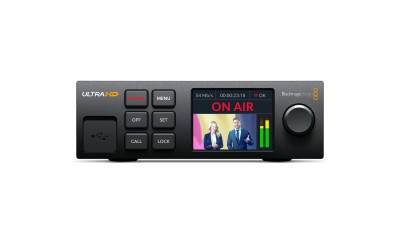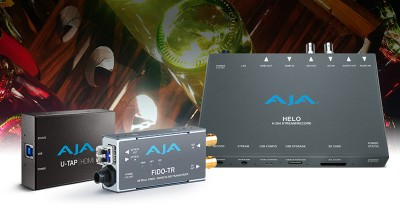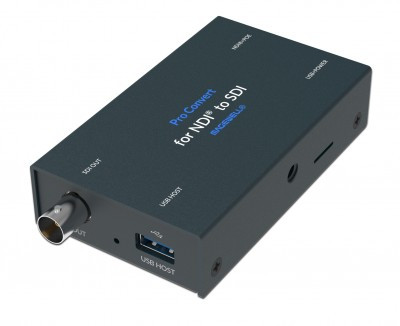Expanding Video Monitoring to Meet Todays Demands

Author: Bob Pank#
Published 1st August 2010
With the rapid evolution of the industry, new technologies must offer users both value and performance in the short term, as well as the promise of continued utility in the long term. A number of key advances in the design of video monitoring solutions are giving broadcasters and other media companies the means to manage monitoring of a growing number of signals in an increasing range of formats, and to do so without adding to the complexity of their operations.
Convenience, flexibility, and reliability are critical to video monitoring applications in today’s media-delivery applications, and the continued integration of diagnostic tools and support for new signal formats is improving the availability of all three in demanding monitoring applications. Video monitoring systems newly introduced to the market offer in-depth single or multichannel analysis in the most sophisticated of broadcast environments by supporting a high density of inputs, not only supporting 3G HD/SD-SDI inputs, as well as conventional component, CVBS, and DVI inputs, but also decoding and monitoring MPEG-4 video streams.
The ability to decode MPEG-4/H.264 streams is a dramatic enhancement to video monitoring. As their facilities began working with MPEG-4/H.264 streams, monitoring staff typically turned to a PC-based server to analyze those signals. Now a single operator can monitor all video streams, whether they are MPEG-2 or MPEG-4/H.264, from a single system and interface. The consolidation of MPEG-4/H.264 streams into the mainstream workflow further reduces the cost and complexity of handling the various streams processed and distributed by today’s broadcast and production facilities.
The video monitoring systems providing this improved format support range from small multiscreen rack-mount systems to large desktop models, giving broadcasters the ability to incorporate highly functional monitoring systems into their operations in spite of space constraints or power consumption limitations. Also among the most notable of advances in these systems is the incorporation of a range of analysis tools, including in-picture level metering, waveform, and vectorscope display, into monitoring systems of all sizes and configurations. The integration of PID (Packet Identification), which essentially functions as a table of contents for a given stream, offers broadcasters another valuable tool for assessing and maintaining the integrity of monitored signals.
While these tools provide value individually, they can be employed simultaneously across multiple screens along with the video signal being monitored to provide the operator with a comprehensive view of signal health. When two or more monitor screens in a multiscreen display are configured to communicate with one another, the operators can select from various program streams on one screen and watch the corresponding PID table, vectorscope, or other analytical tool automatically display on the remaining screens at a size sufficient for accurate measurement and comparison of stream parameters. By making all of these key monitoring tools available within a single product, and even visible at the same time, manufacturers are enabling broadcasters to eliminate the cost and space previously consumed by specialized external boxes.
Specialized products have become limiting factors in the growth and evolution of broadcast operations, and manufacturers of all sorts of equipment have turned to engineering software-programmable systems in order to provide their clients with more versatile solutions. Value is a top concern in today’s market, and video monitoring systems have adapted to offer flexible modular configurations that give the user a choice of functionality and features, both now and going forward. In this way, even smaller and mid-sized facilities can get into high-end functionality at a price they can manage.
As the media industry continues to evolve and new formats emerge, broadcasters can add to the capabilities of their video monitoring platforms as the manufacturer releases new features or functionalities. With USB and Ethernet ports, firmware upgrades can be loaded to meet new requirements. And as broadcasters evaluate their options in purchasing new video monitoring systems, they will find they have a robust array of options available. Ever-increasing flexibility in system options and configuration ensures that broadcasters are better able than ever to accommodate any signal type and deploy their monitoring systems most effectively within their operations.
For the past 20 years, Wohler Technologies has been a world leader in providing in-rack audio and video monitoring solutions for the broadcast, motion picture, and professional audio/visual markets. www.wohler.com


































